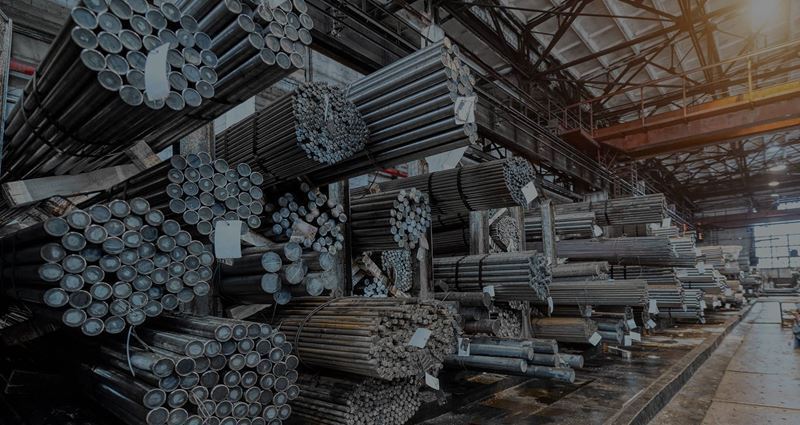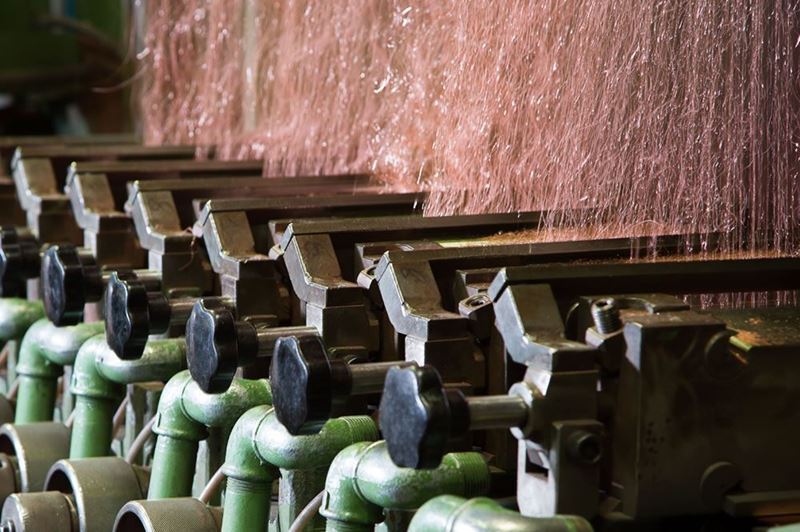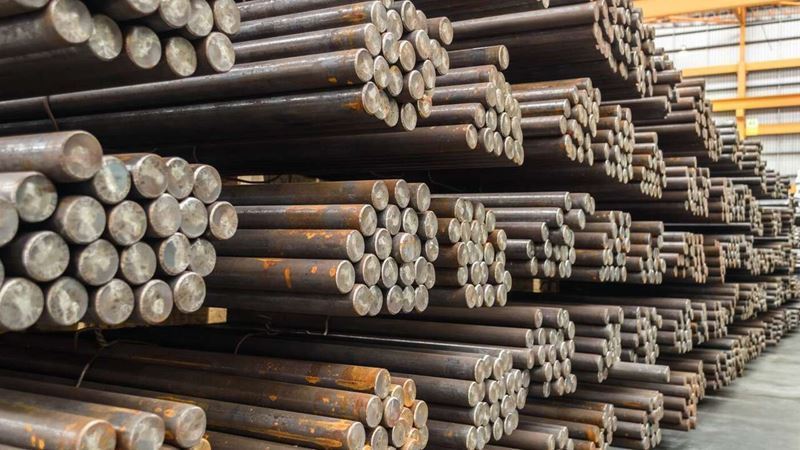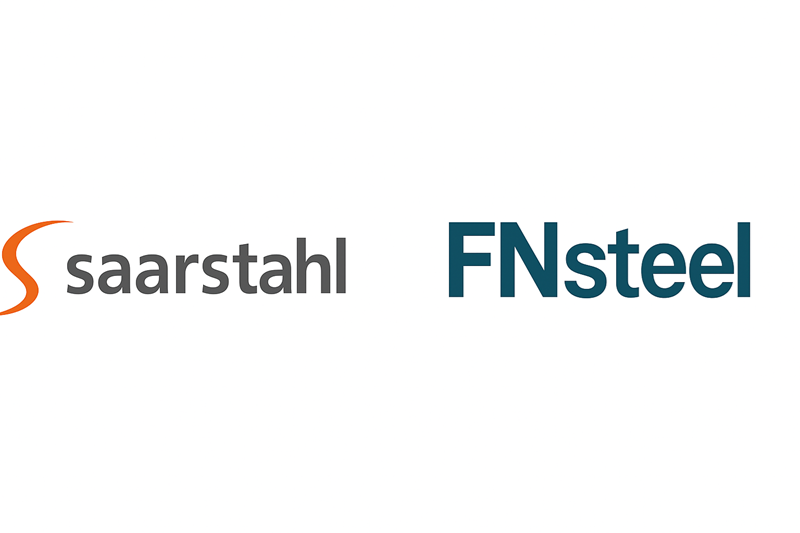Cem Öztüre talked about the path SteelRadar has traveled so far, the experiences it has gained and its vision, and drew attention to the responsibilities of decision makers who play a critical role in the sector. Describing the role of the decision maker as “the pilot looking at the indicators in the cockpit of an airplane”, Öztüre emphasized the need to monitor not only prices but also many other data such as stock status, financial indicators, credit limits and market signals simultaneously.
In his speech, Cem Öztüre drew attention to the central role of decision makers in the sector and stated, "Decision makers are always with us in our daily lives, but I would like to emphasize their importance once again here. Öztüre added that these people have to make critical decisions at any moment and emphasized that access to accurate information is vital in these critical processes.
“The decision maker should be able to monitor all indicators simultaneously”
Öztüre stated that decision-making mechanisms should be evaluated not only with price data, but also with stock management, financial indicators and foreign trade balances, and stated: "Decision makers should look not only at prices, but also at raw material and finished goods stocks, financial situation and credit limits. All these indicators should be on the screen. Otherwise, it is not possible to make a healthy decision."

Critical scenario: “Prices on an upward trend”
In his speech, Öztüre explained the complexity of decision-making processes with examples and described the situations frequently encountered by sector representatives as follows:
"Prices tend to increase; should sales continue? Should they stop? What if the price increase does not hold, if the competitors continue to sell, the competitors will sell goods, our factory will not be able to sell. If it continues to sell at the same price, it will miss the opportunity to sell 5 dollars or 10 dollars more tomorrow.
He made a decision, he believed in the increase, he stopped selling. Meanwhile, the export department may be making big connections. He should communicate with him immediately. Otherwise, there may be a sale of 20-40 thousand tons at the old price.
At the same time, the decision maker should accelerate scrap purchases. Scrap prices have also risen, and of course scrap dealers have noticed the rise in the market! There is another opportunity: It could accelerate the import of billets or slabs. He can buy a shipment or two from the company he is in contact with, which did not increase its price at the time.
If it can buy scrap and billets, it can sell more in the market with a small increase. This is a matter of preference. Or he can sell the next day for 5 dollars more."
“What if prices are on a downward trend?”
Referring to the scenarios where prices are in a downward trend, Öztüre stated the following:
"So what will happen if prices enter a downward trend? Stocks are swollen, the goods are not leaving. Will they be the first to drop? Or will it sell a little more goods at a thinly-weighted rate of -2, -3 dollars? At that time, he should stop importing scrap and logs. Purchasing may be receiving a cargo of 40 thousand tons of scrap at any moment. And the domestic market should stop buying scrap."
“It is not always possible to buy from low”
Emphasizing that it is not always possible to catch the bottom price in purchases, Öztüre stated the following:
"Sometimes not selling goods makes money. You close the sale that day, tomorrow you sell 5 dollars higher. But these decisions are not easy. What if the position is wrong, if the price falls on the contrary? What if the competitor says ‘temporary closure’ and sells from below?"
“Someone who is in general functioning meetings every day cannot be a decision maker”
Öztüre stated that decision makers should spend most of the day monitoring and analyzing the market. “Someone who is in general functioning meetings all day cannot make sound decisions,” he noted, adding that decision makers should not work alone; support teams, analysts and assistants should also be part of the system.
He also noted that intense criticism of decision makers can make them skittish, leading to delays in decision-making.
“The decision maker makes critical decisions 300 days a year”
Drawing attention to the size of iron and steel production in his speech, Cem Öztüre stated that a price change of 5 dollars in a plant producing 5,000 tons per day can make a significant difference of 7.5 million dollars in 300 working days. For this reason, he noted that the role of the decision maker is extremely critical, but its performance is not easily measured.
Öztüre added that production margins can be clearly calculated with the budget, but the impact of buying and selling decisions on margins often remains invisible. For this reason, he emphasized that governments should both trust and closely follow the decision makers.
“Platforms like ours should shed light on decision makers”
At the end of his speech, Cem Öztüre touched upon SteelRadar's role in the industry, noting that timely access to information directly affects the quality of decisions. In this context, he emphasized the importance of platforms that work to provide fast and accurate data to industry representatives and concluded his words by expressing, “We are happy if platforms like ours can shed some light on decision makers.”.









Comments
No comment yet.